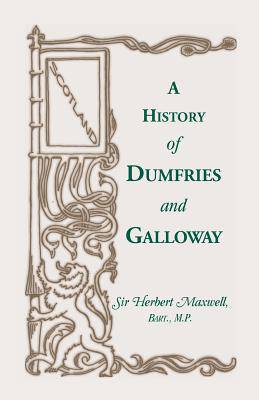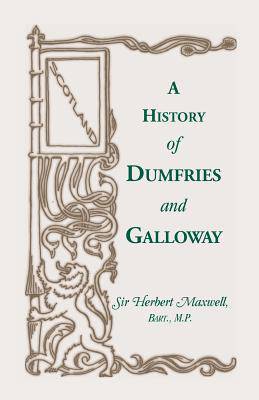
- Retrait gratuit dans votre magasin Club
- 7.000.000 titres dans notre catalogue
- Payer en toute sécurité
- Toujours un magasin près de chez vous
- Retrait gratuit dans votre magasin Club
- 7.000.0000 titres dans notre catalogue
- Payer en toute sécurité
- Toujours un magasin près de chez vous
33,95 €
+ 67 points
Description
In the introduction to this work, the author concedes that "many writers have already dealt with the history of the district forming the subject of the following chapters," and explains that his aim is to confine himself to "preparing what shall be a concise and trustworthy, even though it may be a dry, narrative of such events as are capable of historic proof." Thus such incidents as that of Bruce and the Spider, and the execution of Maclellan of Bomby by the Black Douglas, are omitted from this work along with other romantic legends and shadowy traditions of this southwest part of Scotland. Beginning with the invasion of Agricola in A.D. 79, the book carries the history forward to the end of the 1700s, covering events such as the building of the Wall of Antonine in A.D. 140; the close of the Norse dominion; the death of Malcolm Canmore in 1092; the introduction of the feudal system in 1234; the coronation of Robert De Brus in 1306; the Battle of Bannockburn in 1314; the fall of the house of Douglas in 1452; the Battle of Flodden in 1513; the Treaty of Norham in 1550; the Reformation in 1560; the feud between the Maxwells and the Johnstones from 1572 to 1620; the Battle of Philiphaugh in 1645; the surrender of Charles I in 1646; the death of Charles II in 1685; the Revolution in 1688 to the Stuart Rising in 1715; the Jacobite collapse in 1715; and the Jacobite rising in 1745. Although William Wallace, whose brief and brilliant career began in 1297, is said to have conducted some of his earliest exploits in Dumfriesshire, the author laments the lack of trustworthy authorities to rely on in proving this claim. While making relatively limited mention of Wallace, the author does introduce him as "him whose memory is more dearly and proudly cherished by Scotsmen than that of any other." In keeping with the author's aim of resting his narrative on solid research, the place and every-name index is preceded by a very impressive bibliography containing many hundreds of sources, organized by subject.
Spécifications
Parties prenantes
- Auteur(s) :
- Editeur:
Contenu
- Nombre de pages :
- 436
- Langue:
- Anglais
Caractéristiques
- EAN:
- 9780788407567
- Date de parution :
- 01-07-13
- Format:
- Livre broché
- Format numérique:
- Trade paperback (VS)
- Dimensions :
- 140 mm x 216 mm
- Poids :
- 498 g

Les avis
Nous publions uniquement les avis qui respectent les conditions requises. Consultez nos conditions pour les avis.






